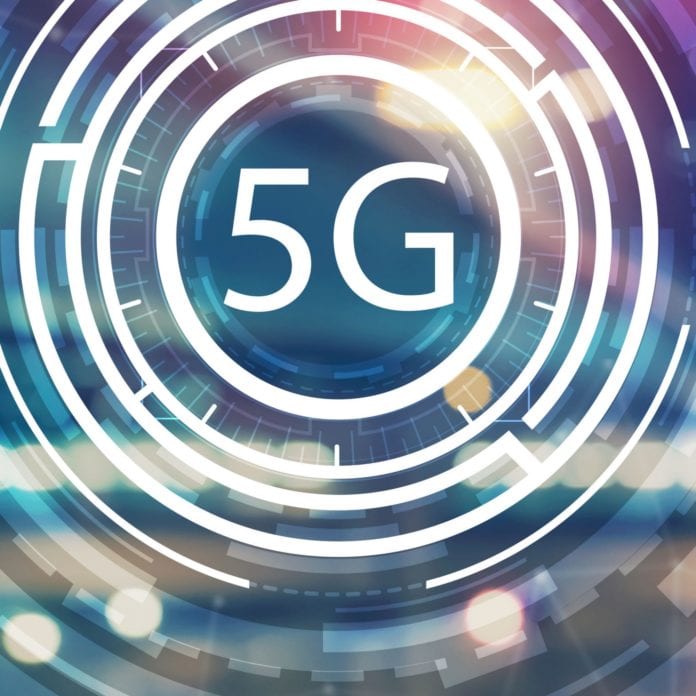In addition to vendors working more closely with vertical industries, complex tasks will continue to require AI and human dexterity interaction
5G is ushering in a new era of consumer and business use cases from augmented reality and cloud gaming to simply replacing wired broadband with a wireless connection. However, many of these new use cases, such as critical Internet of Things (IoT) and Industry 4.0 enablement, require ultra low-latency, and a highly reliable network that is effectively “always on.” Therefore, the current reactive approach to network faults, driven by incidents and alarms, is no longer enough.
Instead, network service continuity, powered by artificial intelligence (AI) and machine learning (ML), are becoming necessary. Such network continuity services deliver predictive automation and actionable preemptive insights capable of locating and fixing network anomalies automatically before they impact overall network performance, as well as the potentially business critical use cases that depend on that network.
At this point, many operators understand the need to implement AI and automation tools into their networks to help with performance and operational efficiency; yet there remain two critical elements to the discussion that are often overlooked: the need for AI and automation tools to be human guided; and the importance of co-creation between vendor and customer.
AI and ML, by themselves, cannot provide actionable conclusions because they lack an understanding of business objectives or technical intent. Instead, these techniques must be informed by human competency and knowledge. Human guided machine learning leverages both AI/ML algorithms and human intelligence to discover knowledge and learn patterns for different tasks, such as addressing anomalies in complex networks. Humans provide guidance, preference or feedback, using artificial intelligence and machine learning to continuously tune and customize the deterministic rules of the algorithm.
Preserving the human element of AI and ML increases the precision of conclusions drawn from the data, and according to some users of these technologies, has been proven to be twice as efficient as self-learned ML and AI.
Additionally, a service continuity solution should be built around a customer’s specific pain points. To achieve this, vendors and service providers need to work together and co-create use cases, so that the vendors can generate the appropriate algorithms to best address the service provider’s prioritized network needs.
A service continuity solution that makes use of human guided AI and ML and that has been co-created with all stakeholders will deliver significant benefits to operational teams by reducing the amount of time spent identifying and fixing issues, allowing service providers to offer a high level of network performance without having to increase their operations and management staff, even as their networks continue to grow to keep up with the ever-increasing demand for connectivity.
Intelligent automation and actionable preemptive insights—all human informed and guided—that network service continuity solutions can deliver will ensure that 5G helps realize the IoT Ecosystem vision of broad digital transformation of vertical industries.
For more information on the crucial role of network support services in the 5G era, read this article, Evolving network support services: Great end user experience and network support, by our colleagues Anders Brännström and Urban Ingelid.
About the Authors:
Frida Mattsson is the strategic product manager for Service Continuity services in Ericsson. She has been in this role for the past 2 years. Prior to that, Frida has been working in different roles within Ericsson. Frida is based in Stockholm where she lives with her family.
John Erik Larsson is the strategic product manager for Service Continuity services in Ericsson. He has been in this role for the past 2 years. Prior to that, John-Erik has worked as a strategic product manager for Preemptive Support services in Ericsson and has many years of experience working with data-driven services. John-Erik is based in Stockholm where he lives with his wife and one kid.

